The Trans Himalayan Tibet Identity And Politics Volume 2
₹1,295.00
Tsetan Namgyal | Category: Social Science
Binding Type: Hard Binding
Book Details
ISBN: 9789384370558
YOP: 2018
Pages: 287
Order also on
The Trans Himalayan Tibet, A Copter Approach on the theme of ‘Identity Politics’ in the Trans Himalayan Tibet, the greater Tibet which even extended to the crosslink of Innermost Asian part of Trans Siberia up to the Eastern Baikal Lake. The terms and the subject ‘Identity and Politics’ is completely a new phenomenon in the context of identity crisis among individual, community to nation-states on the grounds of various issues which make the barriers in society as such ethnicity, religion, language, and many more factors evolved the culture of Identity politics. Hence, the terms have been used particularly in political and academic discourses in the early 20th century when the ‘Great Game’ and ‘Cold War’ happened among different neighboring countries on the basis of their ethnic identity, culture and civilizational ethos. In contemporary times, such concepts are generally limited to political and economic contexts to explain current geopolitical processes with regard to ethnic identities. Scholars have focused on Tibet for several decades, especially with regard to its cultural identity Buddhism heritage and its environmental processes. The chapters in this volume are divided into four parts in terms of the issues they discuss, with regard to identity and politics in the Trans Himalayan region of Tibet.
(A) TIBET UNDER THE COMMUNIST CHINA DOMAIN
1. Tibet Since 1950: Six Decades of Liberation from Feudalism to Imposition of Despotism
2. Poverty and Out-Migration in Tibet Autonomous Region
3. The Tibetan Dilemma for the People’s Republic of China in the Twenty-first Century
4. Buddhism and Business Ethics: Justice in an Economy of Merit
(B) GEO STRATEGIC AND ENVIRONMENTAL CRISIS IN TIBET
1. Tibet’s Natural Resource Endowment, Especially its Minerals, and their Place in China’s Development Plans for the Entire Tibetan Plateau
2. Natural Physical Environment of Tibet
3. Chinese Nuclearisation Programme in the Tibetan Plateau and its Implications for India’s Security
(C) TIBET’S HISTORICAL RELATIONS WITH NEIGHBORING STATES
1. The 1913 Mongol-Tibet Treaty and the Dalai Lama’s Proclamation of Independence
2. The Tibetan Refugee Settlement as a Model for Nehruvian Rural Development in India
3. Tibet and Inner Asia: from Historical Accounts
4. Nepal’s Changing Perspective on Tibetan Refugees
(D) TIBET IN INTERNATIONAL INTERFACE
1. Tibet Polemics and Sino-Indian Interface
2. Untamed Tibet, Unrelenting China and Unresponsive World
3. Sino Turkic Relations and Their Impact on the Perception of Tibet in Turkey
4. The Main Features and Tendencies of the Dissemination of Tibetan Buddhism in the West
Index
The Trans Himalayan Tibet, A Copter Approach on the theme of ‘Identity Politics’ in the Trans Himalayan Tibet, the greater Tibet which even extended to the crosslink of Innermost Asian part of Trans Siberia up to the Eastern Baikal Lake. The terms and the subject ‘Identity and Politics’ is completely a new phenomenon in the context of identity crisis among individual, community to nation-states on the grounds of various issues which make the barriers in society as such ethnicity, religion, language, and many more factors evolved the culture of Identity politics. Hence, the terms have been used particularly in political and academic discourses in the early 20th century when the ‘Great Game’ and ‘Cold War’ happened among different neighboring countries on the basis of their ethnic identity, culture and civilizational ethos. In contemporary times, such concepts are generally limited to political and economic contexts to explain current geopolitical processes with regard to ethnic identities. Scholars have focused on Tibet for several decades, especially with regard to its cultural identity Buddhism heritage and its environmental processes. The chapters in this volume are divided into four parts in terms of the issues they discuss, with regard to identity and politics in the Trans Himalayan region of Tibet.
(A) TIBET UNDER THE COMMUNIST CHINA DOMAIN
1. Tibet Since 1950: Six Decades of Liberation from Feudalism to Imposition of Despotism
2. Poverty and Out-Migration in Tibet Autonomous Region
3. The Tibetan Dilemma for the People’s Republic of China in the Twenty-first Century
4. Buddhism and Business Ethics: Justice in an Economy of Merit
(B) GEO STRATEGIC AND ENVIRONMENTAL CRISIS IN TIBET
1. Tibet’s Natural Resource Endowment, Especially its Minerals, and their Place in China’s Development Plans for the Entire Tibetan Plateau
2. Natural Physical Environment of Tibet
3. Chinese Nuclearisation Programme in the Tibetan Plateau and its Implications for India’s Security
(C) TIBET’S HISTORICAL RELATIONS WITH NEIGHBORING STATES
1. The 1913 Mongol-Tibet Treaty and the Dalai Lama’s Proclamation of Independence
2. The Tibetan Refugee Settlement as a Model for Nehruvian Rural Development in India
3. Tibet and Inner Asia: from Historical Accounts
4. Nepal’s Changing Perspective on Tibetan Refugees
(D) TIBET IN INTERNATIONAL INTERFACE
1. Tibet Polemics and Sino-Indian Interface
2. Untamed Tibet, Unrelenting China and Unresponsive World
3. Sino Turkic Relations and Their Impact on the Perception of Tibet in Turkey
4. The Main Features and Tendencies of the Dissemination of Tibetan Buddhism in the West
Index
| Weight | 0.595 kg |
|---|---|
| Dimensions | 24.4 × 16.4 × 1.8 cm |
| yop |
2018 |
| subject-category |
Social Science |
| isbn |
9789384370558 |
Related products
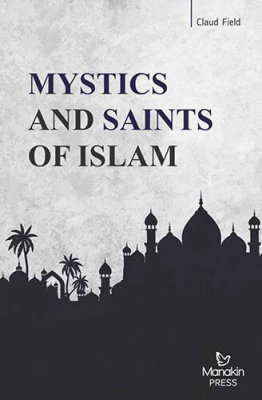

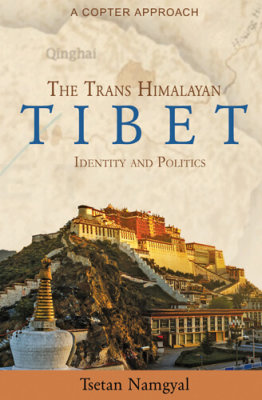




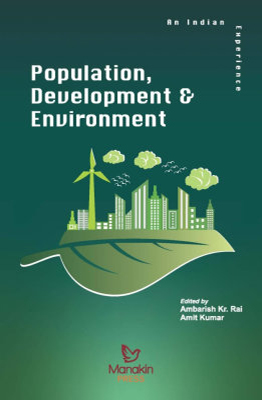
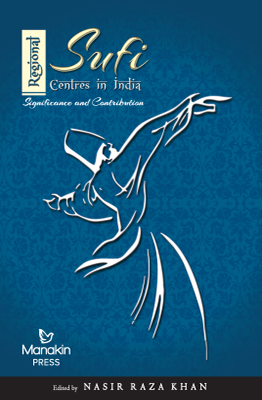

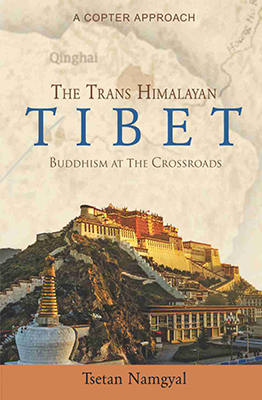
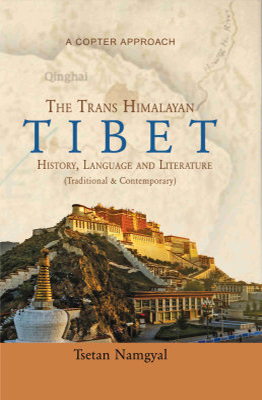
Reviews
There are no reviews yet.